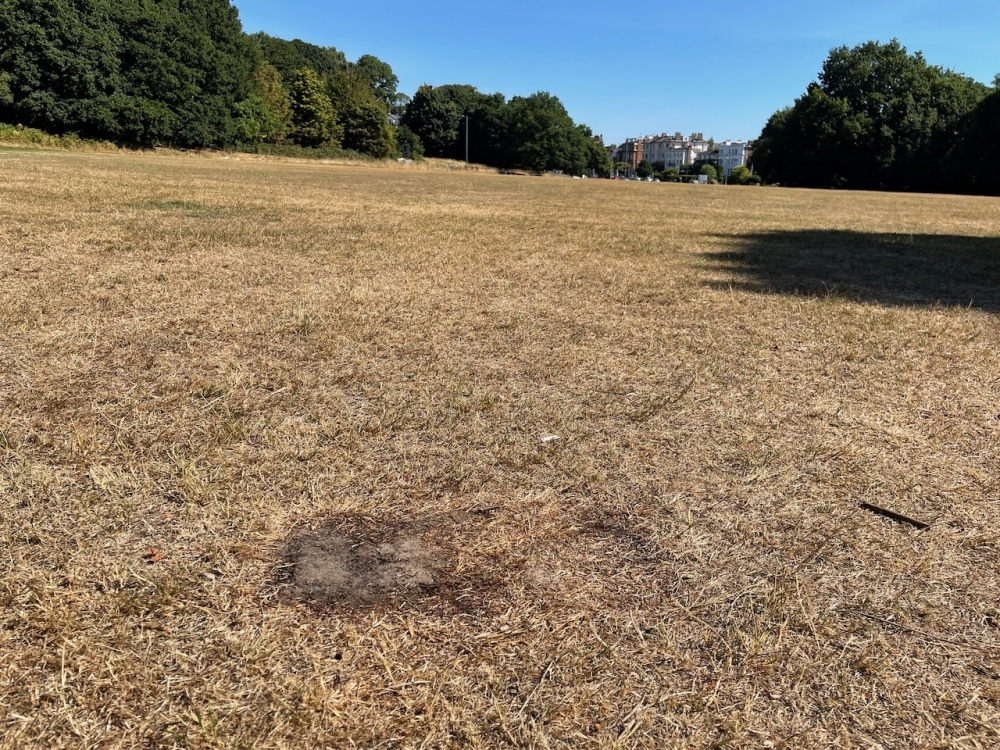Tunbridge Wells along with the rest of Kent is now officially suffering a ‘drought’.
Official drought status was annoucned for Kent along with seven other areas of the UK on Friday (August 12) following what officials have said has been the driest summer for 50 years.
The National Drought Group, made up of representatives from various government departments, environmental agencies, vested interest groups such as the national Farmers Union and the water industry, announced on Friday that eight of 14 areas had now moved to ‘drought’.
These are Devon and Cornwall, Solent and South Downs, Kent and South London, Herts and North London, East Anglia, Thames, Lincolnshire and Northamptonshire, and East Midlands.
The status is the second four stages, the first being ‘prolonged dry weather’. Stage three and four are ‘severe drought’ and ‘recovering drought’.
Five water companies, Welsh Water, Southern Water, Thames Water, South East Water and Yorkshire Water have so far all announced hosepipe bans.
Hosepipe ban begins as water levels drop
Residents in Tunbridge Wells, as well as most of Kent and East Sussex face £1,000 fines for using hosepipes from Friday, as South East Water brings into force its first ban for a decade. The water company is the second in the UK to bring in a temporary use ban (TUB), after Southern Water introduced a similar ban across parts of Hampshire and the Isle of Wight that came into force last week.
Enforcement
Rule-breakers face fines of up to £1,000 if taken to court, although water companies say they prefer ‘education over enforcement’. South East Water said it had been ‘left with no choice but to restrict the use of hosepipes and sprinklers’ from midnight on August 12 ‘until further notice’. The firm added that it was taking the step ‘to ensure we have enough water for both essential use and to protect the environment’ as well as help ‘already stressed local water sources’. It comes after water levels in reservoirs in the South East have fallen by more than 50 per cent of usual levels.








